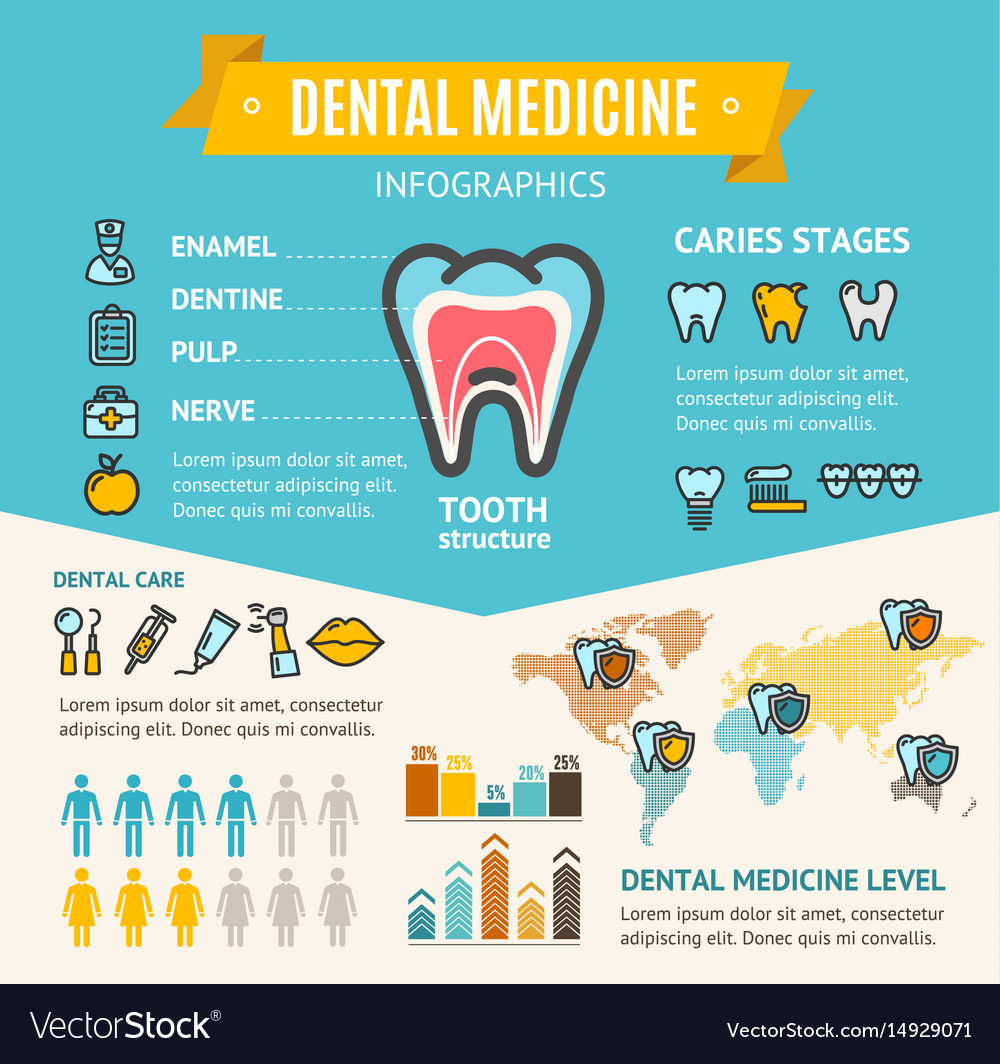Discover The Groundbreaking Developments Revolutionizing Dental Surgery. Check Out The Future Of The Field And Remain Ahead Of The Game. Click Now For A Peek Into Tomorrow!
Discover The Groundbreaking Developments Revolutionizing Dental Surgery. Check Out The Future Of The Field And Remain Ahead Of The Game. Click Now For A Peek Into Tomorrow!
Blog Article
Material Author-Kokholm Guerra
Invite to the globe of oral surgery, where technologies and advances are forming the future of the field! In jaw bone loss austin tx , you'll witness the transformative power of robotics, the advanced marvel of 3D printing, and the game-changing impact of minimally intrusive strategies.
The future of oral surgery holds a promise of accuracy, performance, and improved client end results. With the help of advanced robotics, specialists have the ability to carry out intricate treatments with higher accuracy and control.
3D printing technology is revolutionizing the development of oral implants and prosthetics, supplying tailored services that fit perfectly into each individual's one-of-a-kind anatomy.
Furthermore, minimally invasive methods are lowering post-operative discomfort and recuperation time, permitting people to go back to their every day lives earlier.
Prepare to explore the exciting technologies and developments that are improving the landscape of dental surgery!
Developments in Robotics
One major advancement in dental surgery is making use of robot modern technology, which allows for accurate and efficient procedures. With the help of robotic systems, oral doctors have the capability to execute complex surgeries with improved precision, decreasing the risk of human error.
These robot systems are outfitted with innovative imaging modern technology and specific tools that allow surgeons to browse with complex physiological structures easily. By making use of robotic innovation, doctors can accomplish better surgical accuracy, resulting in enhanced person results and faster recovery times.
In addition, making use of robotics in oral surgery enables minimally intrusive procedures, minimizing the trauma to surrounding tissues and advertising faster healing.
3D Printing in Oral Surgery
To enhance the field of dental surgery, you can check out the subtopic of 3D printing in oral surgery. This ingenious innovation has the potential to transform the way oral specialists run and deal with patients. Right here are 4 key methods which 3D printing is shaping the area:
- ** Custom-made Surgical Guides **: 3D printing enables the production of highly precise and patient-specific medical guides, enhancing the accuracy and effectiveness of treatments.
- ** https://communitynewspapers.com/aventura-news/dr-rick-mars-honored-as-invisaligns-faculty-member-of-the-year/ **: With 3D printing, dental specialists can create personalized dental implant prosthetics that completely fit a patient's special makeup, leading to far better end results and person contentment.
- ** Bone Grafting **: 3D printing makes it possible for the production of patient-specific bone grafts, decreasing the demand for conventional grafting strategies and enhancing healing and healing time.
- ** Education and Training **: 3D printing can be used to develop practical medical models for educational functions, permitting dental doctors to practice complicated treatments prior to performing them on clients.
With dentist in cedar park to boost accuracy, modification, and training, 3D printing is an exciting growth in the field of dental surgery.
Minimally Intrusive Techniques
To better progress the area of dental surgery, accept the possibility of minimally intrusive methods that can substantially profit both surgeons and people alike.
Minimally invasive strategies are transforming the field by reducing surgical injury, minimizing post-operative discomfort, and increasing the healing procedure. These methods include utilizing smaller cuts and specialized instruments to execute treatments with accuracy and efficiency.
By using innovative imaging technology, such as cone beam computed tomography (CBCT), doctors can properly plan and perform surgeries with very little invasiveness.
Furthermore, using lasers in oral surgery permits precise cells cutting and coagulation, leading to decreased blood loss and reduced recovery time.
With minimally invasive techniques, people can experience faster healing, reduced scarring, and enhanced results, making it a vital aspect of the future of oral surgery.
Final thought
So, as you can see, the future of dental surgery is incredibly promising, with interesting advancements and breakthroughs forming the area.
From the improvements in robotics to making use of 3D printing and minimally invasive methods, dental doctors are changing the method they offer care.
While some might stress over the potential price related to these developments, it is essential to remember that these innovations inevitably boost client results and lower healing time, making them well worth the financial investment in the long run.
